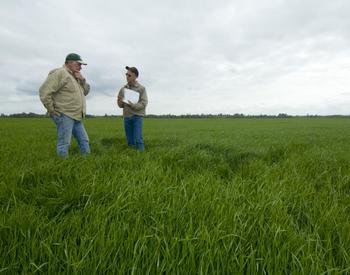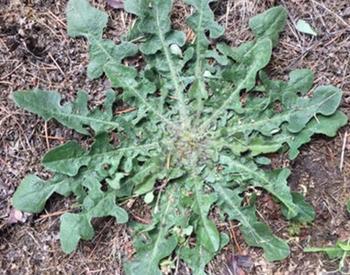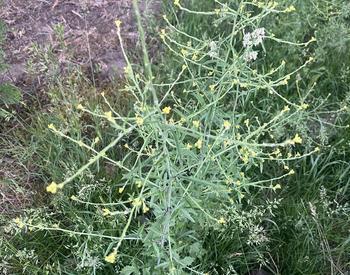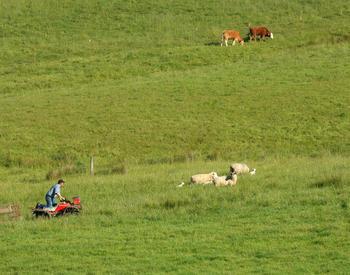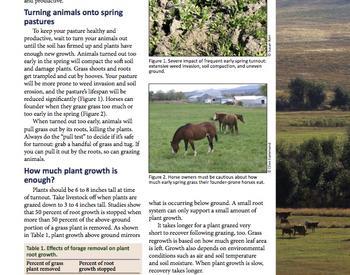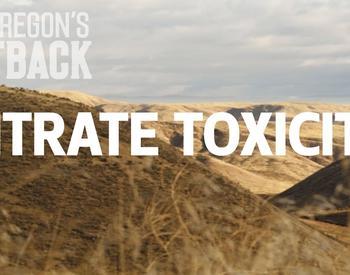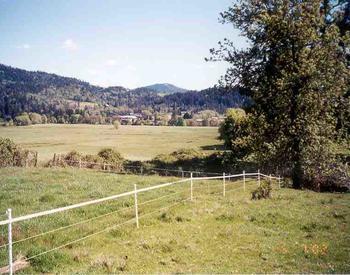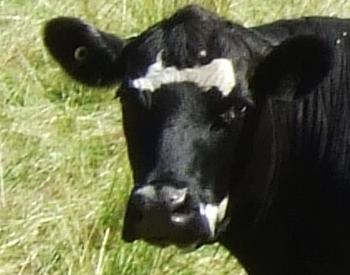When the rain stops and the sun decides to stay a while, haying equipment will be out in full force. For small-scale livestock producers who need to purchase hay for winter feeding here are some tips to consider.
Due to increased costs for fuel and fertilizer, expect to pay a higher price for hay. Consider the number of animals you expect to carry over the winter and calculate their feed requirements. Plan to purchase enough hay to make it through the year to avoid costly feed later in the season.
To calculate the amount of hay needed when pasture is not available (winter and late summer) you’ll need to know the approximate weight of the bales. To support an animal at maintenance it will require 2.5% to 3% dry matter intake.
For example, you could expect a 1,000-pound horse or cow to eat about 25 to 30 pounds of feed per day. Sheep and goats that weigh about 150 pounds will require 4–5.5 pounds of feed per day. Animals will consume good-quality feed more readily than poor-quality feed. You’ll need to adjust the amount of hay to buy to account for waste of poor quality hay.
Working, lactating and growing animals have increased feed requirements. It is advisable to purchase up to 25% extra hay to account for waste, increased feed requirements or a late spring. This hay could be resold later if it is not needed.
If you haven’t done so already, find a reputable grower and determine if they’ll have the quantity you’ll need. Waiting until the last minute may result in buying poor-quality hay or at a higher price. When possible, you might even take a quick look at the field before it's cut to make sure there aren’t an unusual amount of weeds, especially those considered toxic.
Good-quality hay should be green and leafy with a sweet smell. Always avoid purchasing moldy hay or hay that was baled too wet. The moisture content of hay to be stacked inside a barn should be no more than 18%. Wet hay is a breeding ground for bacteria that will degrade the nutritional quality of the feed and in some cases will create enough heat that the bale may catch fire. Moldy hay should not be fed to livestock or horses.
Also evaluate the maturity of hay that you are buying. In western Oregon where the weather is unpredictable, it is often difficult to cut hay when the grass is at the optimal growth stage. Over-mature plants have more stem material and fewer leaves, therefore the hay will have lower protein and energy values.
You might also consider having the nutritional content of the hay tested. Testing is completed after the hay is baled. When buying hay from the field, there may not be an opportunity to send a sample to the lab. However, knowing the nutrient content will still help determine a proper feeding ration.
If you keep horses, review Horse Owner's Guide to Buying Hay for detailed information.





